Asbestos
If your home was built before 1980, then it’s highly likely it will contain asbestos. It can be found in the following places in and around building:
- Old floor tiles
- Ceiling tiles
- Roof shingles and flashing
- Drywall or Joint Compound
- Insulation (on boilers, ducts, pipes, sheeting, and fireplaces)
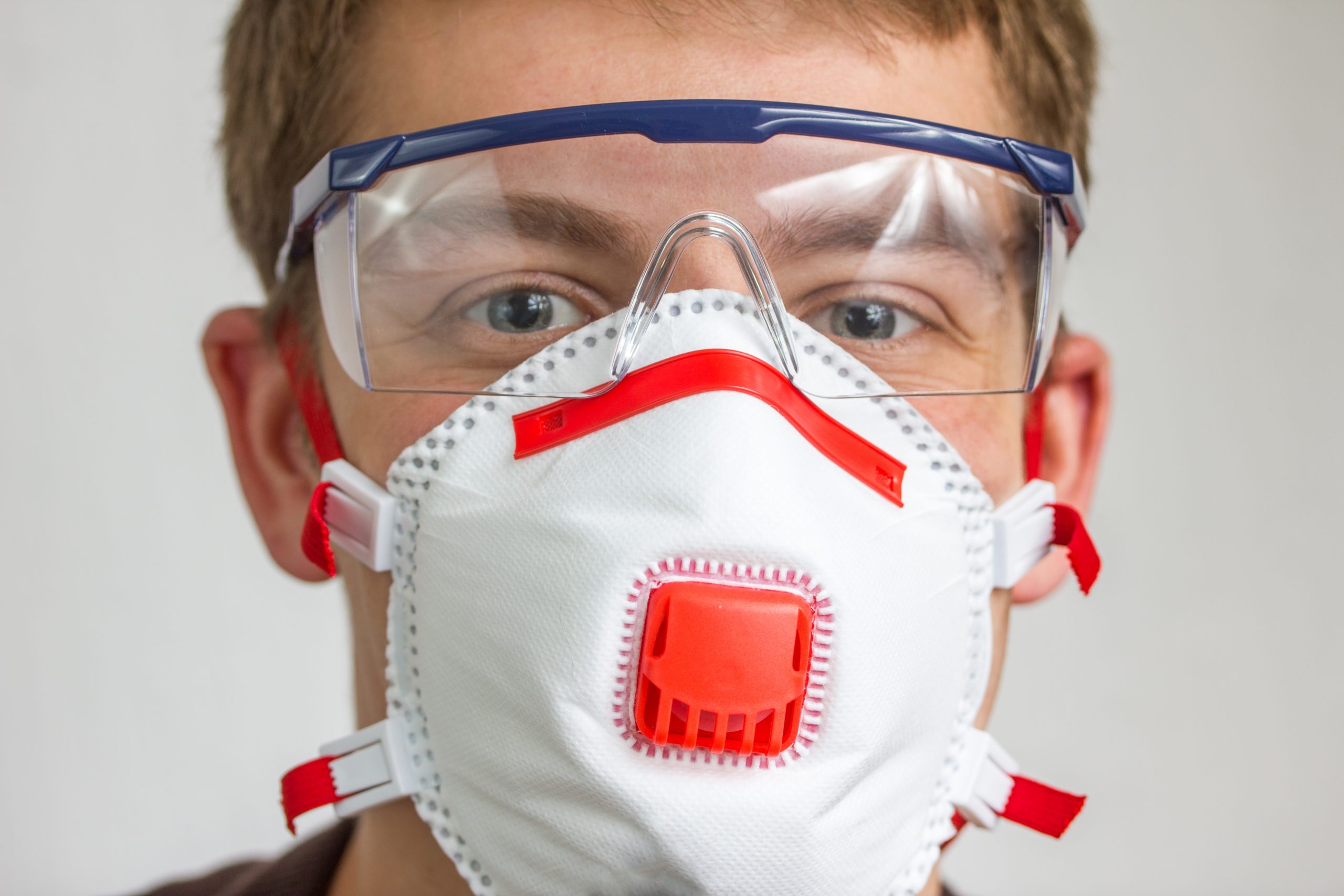
Asbestos is a major problem if it becomes airborne. If it is already in the home and present in any of the materials listed above, asbestos fibers can end up being released into the air if they become damaged. Then, you might need to investigate asbestos removal costs.
Testing for asbestos needs more than a visual inspection, as this alone will not be sufficient to ascertain its presence. Samples of suspected asbestos fibers need to be collected and sent to a laboratory for testing. Testing like this should only be done by a professional asbestos testing company like Trusted Environmental as it means you’ll be protected from exposure to asbestos as much as possible.
Professional asbestos testing with us will be carried out using the correct procedures and by trained tradespeople who will wear the correct, disposable protective clothing to protect them and you from any potential exposure. Asbestos removal is not always necessary. For instance, there are some materials that contain asbestos that can be repaired or isolated. If pipe insulation has a tear in it, this can be repaired. If the asbestos material itself is in good condition, it can sometimes be protected by covering it with an air-tight barrier to prevent any damage. Sometimes products called ‘encapsulants’ can be used, which are sprayed over materials that contain asbestos. They will only work if the material itself isn’t damaged and shouldn’t be used if that is the case as they can cause more harm.
In many cases, asbestos can remain safely in a building without causing any detriment. It usually only causes problems if it has been disturbed. In these cases, the best solution is to remove asbestos completely, but the work needs to be carried out by professionals, as the risk of releasing dangerous fibers increases if it isn’t done properly.
It usually only causes problems if it has been disturbed. In these The removal work must be carried out by properly qualified professionals to make sure that the immediate environment and the people that use it are protected from any harm. Exposure to asbestos fibers can pose a very real and serious threat to health.
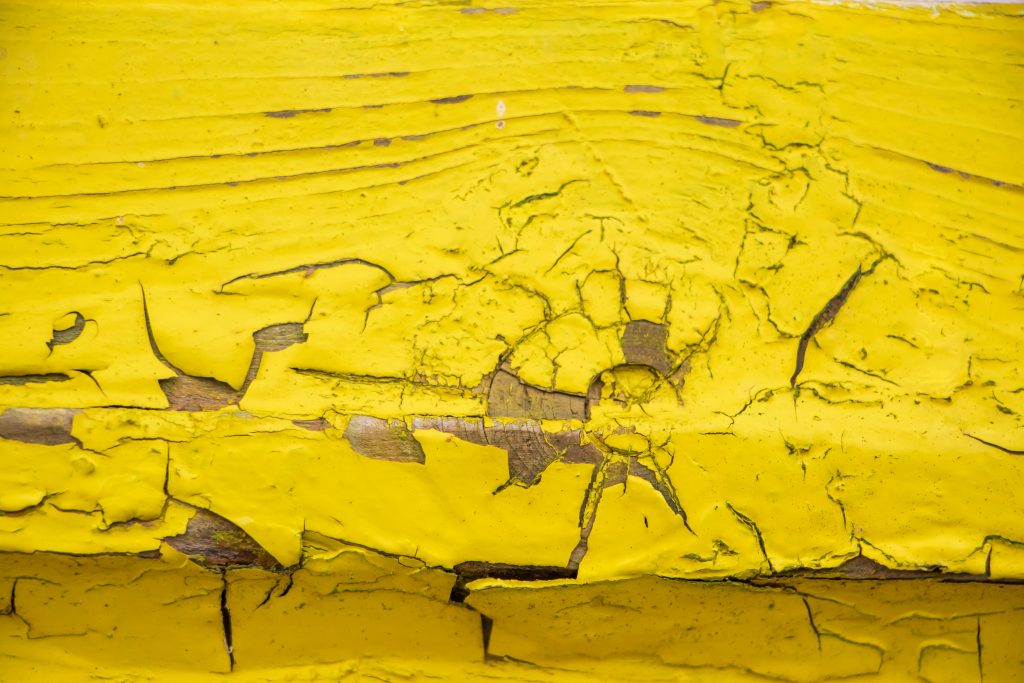
Lead
Lead is a heavy metal chemical that has many uses from being heavy, soft, and malleable. In the building industry, lead was commonly used in paint products as well as pipes, batteries, and other products. Ingestion of lead by humans is poisonous. It damages the nervous system and causes brain damage. The US Congress has passed many laws as a result of lead and its dangers. EPA (Environmental Protection Agency) enforces many of the compliance regulations and OHSA (Occupational Safety and Health Administration) enforces compliance on worker safety from lead-based paint exposure.
Lead-based paint is extremely common in buildings that were constructed before 1978. Our lead-based paint inspection, carried out by our team of qualified professionals can perform lead paint tests and check for the presence of lead in paint, as well as any potential lead contaminants that could have spread as dust to surrounding areas in the property.
Paints with lead have now been banned by the government, but prior to this ban, they had been widely used in many homes, and places of work including commercial buildings, schools, childcare facilities, and apartment blocks. It was used because it was very durable and was quick to apply and dry down. In later years when more was discovered about its toxicity and the damage it could cause to human life, it was removed from use in buildings and banned from sale.
Our lead paint inspectors at Trusted Environmental will test for the presence of lead by using an XRF Machine and may also request that paint and dust samples are sent to a laboratory for analysis and inspection. They can also identify if there are any hazards posed by lead in your home or on your commercial property – and will help you understand how to deal with these issues when they have been diagnosed. If you are moving into a new home or completing renovations on a home you currently live in then testing is advised, as it will highlight any issues with lead-based paints that need to be treated and dealt with accordingly by professional lead paint testing specialists.
If lead has been detected anywhere in your home or commercial property, then a lead abatement protocol will be needed to make sure that all the affected areas are dealt with safely and thoroughly. Always take professional advice and never attempt the removal of lead-based paint, or lead contamination from anywhere in your home or in your place of work. There are lead paint test kits available from online outlets and retailers, but these should be avoided as they are no match for the services of the professionals here at Trusted Environmental. This could result in illness or injury and danger to others..
Mold
Mold is a fungus and is nature’s way of biodegrading or recycling organic materials back into the earth. Commercial and residential structures are often exposed to mold growth, caused mostly by natural damage and damage that occurs through accidents due to flooding or sewage disasters.
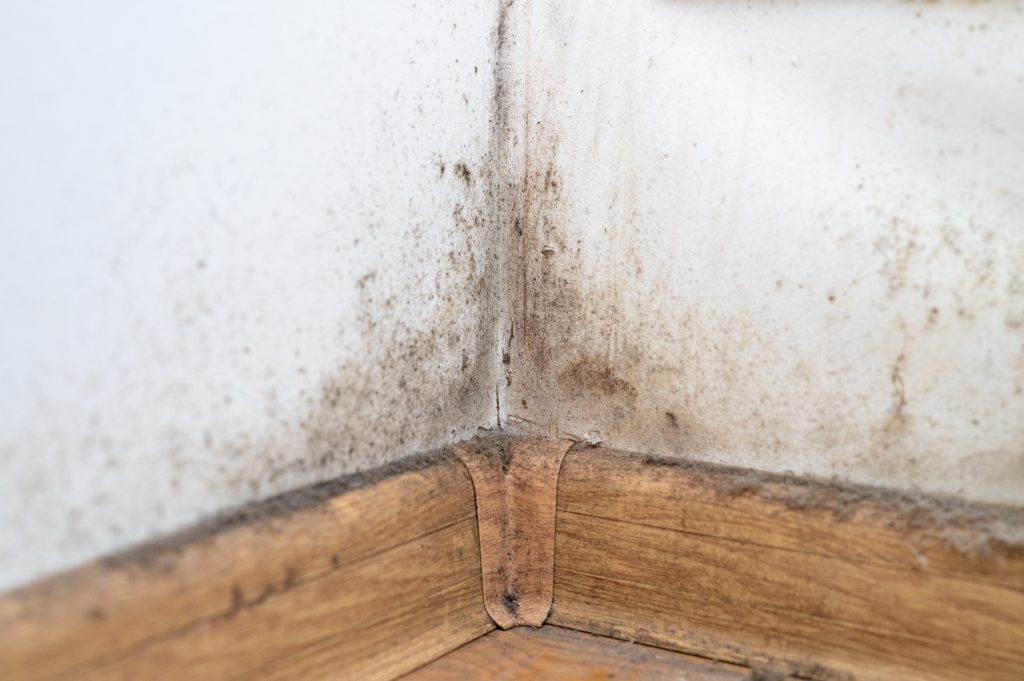
Mold growth can not only look unsightly, but it can also cause structural building issues if it isn’t dealt with promptly. It can also cause problems with indoor air quality and in worst-case scenarios create serious health conditions for those people who are exposed to it for long periods and without any form of proper protection.
Mold grows on plants and organic materials like wood, paper, and leather. It can also grow on the walls, floors, and ceilings of homes and other buildings that have experienced water damage or are experiencing a moisture control problem. Our inspectors and assessors have the knowledge and experience to test for and identify the full spectrum of contaminants.
Why test for mold?
Safeguarding human health and preventing structural damage are two important reasons for having Benchmark Environmental Engineering test for the presence of mold. A few health issues associated with living or working alongside this organism include a runny nose, itchy eyes, rash, fever, asthma attacks, and hypersensitivity pneumonitis. In extreme cases, some fungal infections can affect the brain, kidneys, lungs, sinuses, and skin. Significant structural damage to buildings can also occur. Professional mold testing and inspection and the creation of a professional remediation plan can prevent damage to organic building materials or furnishings.
Mold to Watch Out For:
The most common varieties of mold that we encounter are:
- Cladosporium
- Aspergillus
- Stachybotrys Atra
- Stachybotys Chartarum or Black Mold
Black mold can be very toxic. We can perform water intrusion investigations to identify the source of a moisture problem and contamination. We also take air and surface samples to determine which types of molds are present and at what levels.
Analysis:
An accredited third-party laboratory analyzes each of our samples. Once we receive the results, we will develop a report regarding the hazards that are present. This report also includes recommendations for a mold remediation contractor. Once the remediation process is complete, Trusted Environmental will conduct final testing and issue a clearance certifying that the building is free of contamination.
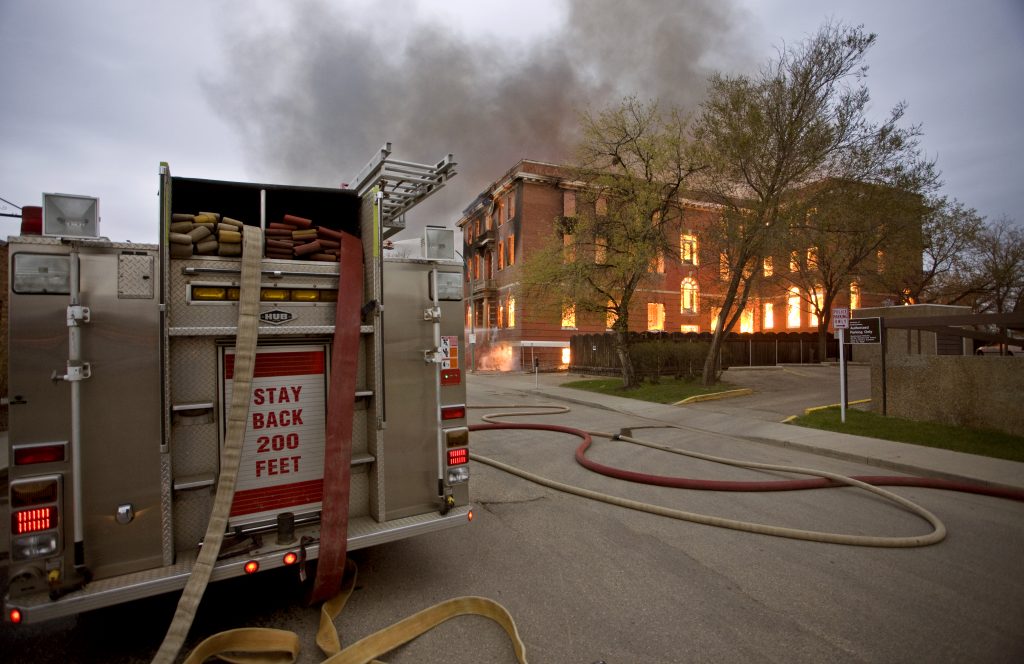
Smoke & Soot
Following a structure fire, there are several contaminants that may be present on the remaining materials and in the breathable air that can cause cancer or lingering odors in your home. Dependent upon what types of materials have been burned, several different types of combustion by-products may be present in the soot in your livable space. The presence of soot on the remaining materials of your home may cause discoloration of materials/paints due to the acidic properties as well as causing heavy elements of soot to settle in porous construction products resulting in smoke-like odors that can last up to years!
Bacteria/ATP
ATP testing detects the potential risk of contaminants on surfaces that are invisible to the naked eye. ATP stands for adenosine triphosphate, which is an energy molecule found in all living things. By testing for the presence of ATP on a surface, you’re testing for the presence or growth of microorganisms, like bacteria. If you own a restaurant, a commercial business, or you suspect bacteria is present in your home, we can help. Our industrial hygienists take a comprehensive approach to bacteria testing and can provide you with a clear remediation plan. Don’t let germs in your home or work environment cause you any health issues.
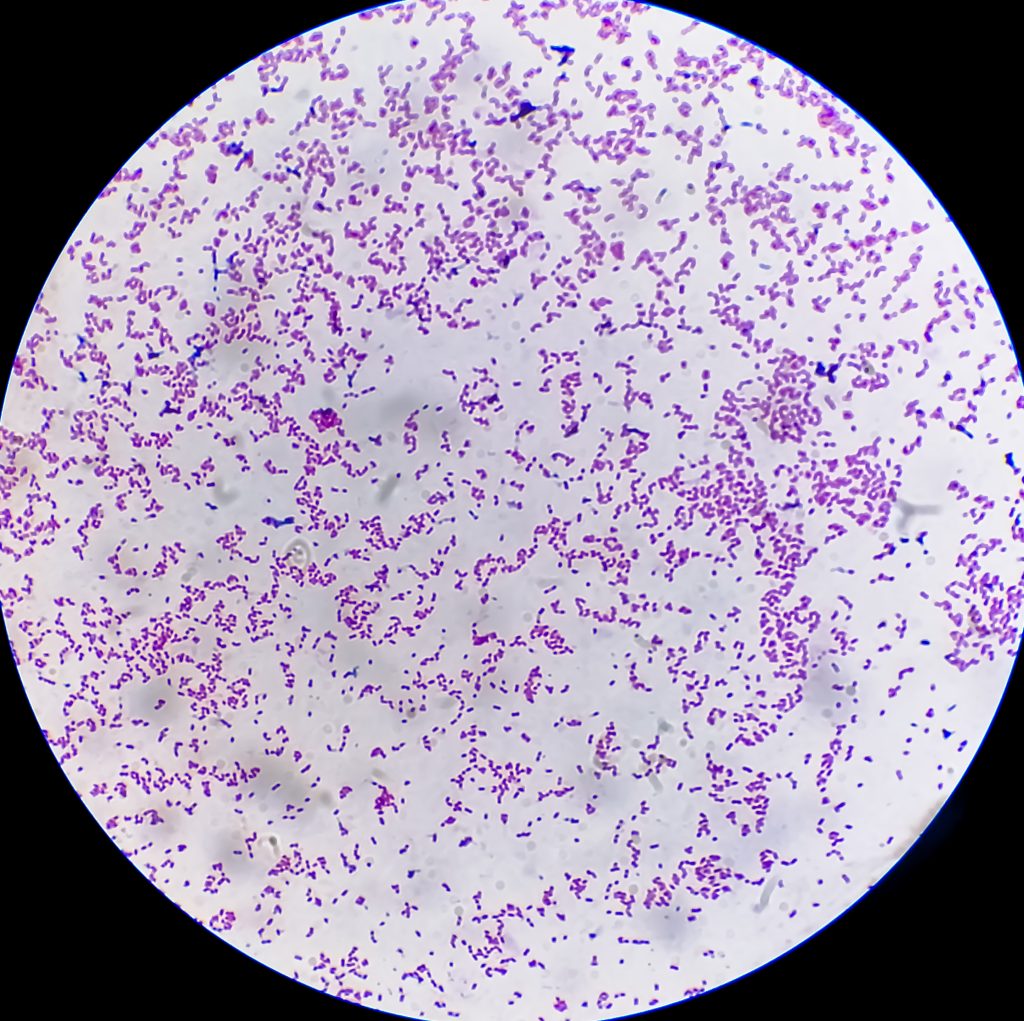
Bacteria Health Effects:
Bacteria can be found in your home, office building, or commercial establishment. It’s important to know what the signs are of certain bacterial infections and the proper way to remediate the situation. Bacteria such as E. Coli and other microorganisms can be found in your water and soil. These can cause serious health issues and can be a cause for concern. Sewage water, or black water, can contain dangerous strains of coliform bacteria, including E. Coli and fecal coliform.
E. Coli is known to cause digestive and respiratory system illnesses including stomach cramps, vomiting, diarrhea, urinary tract infections, and pneumonia.
- E. Coli
- Coliform Bacteria
- Microorganisms
- Sewage Bacteria
Black mold can be very toxic. There are many microorganisms that can be hazardous to your health. We can test for microorganisms in soil and water for commercial and residential environments. Our team will perform soil testing, where many pathogens are harbored, as well as coliform testing which is considered the standard for water testing by the EPA. Our tests can determine if harmful bacteria such as MRSA, Norovirus, or Staphylococcus are present.